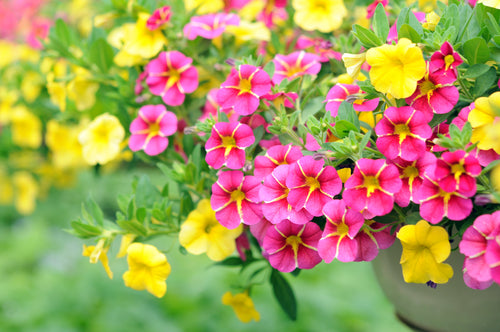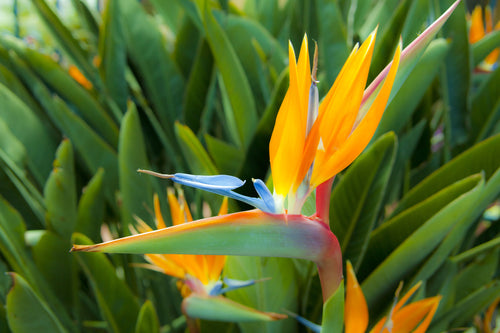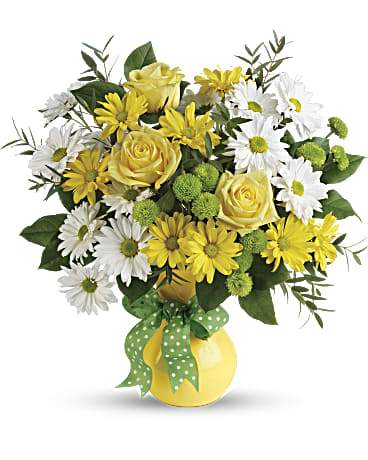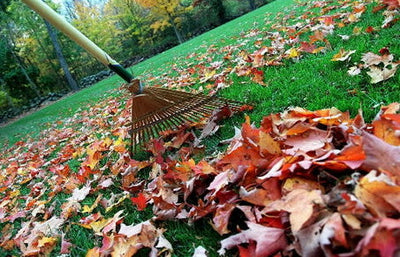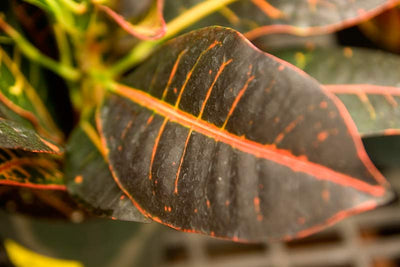Pollinators are essential to food and flower crops. Eighty percent of all flowering plants rely on pollinators for survival! The world’s bees are in peril, it’s estimated 1/3 of the population is gone due to pesticides and diseases.
Inter–plant some pollinators to benefit your fruit trees and gardens. Plant flowers in a range of shapes and sizes; include varieties that bloom throughout the season. Avoid chemical pesticides and herbicides. Provide a water source, a little mud puddle works great. Leave small piles of twigs and brush for nesting and over wintering.
The list below offers a good mix of plants for pollinators; please add some to your gardens to help out!
Plants that Attract Pollinators |
|
|
|



